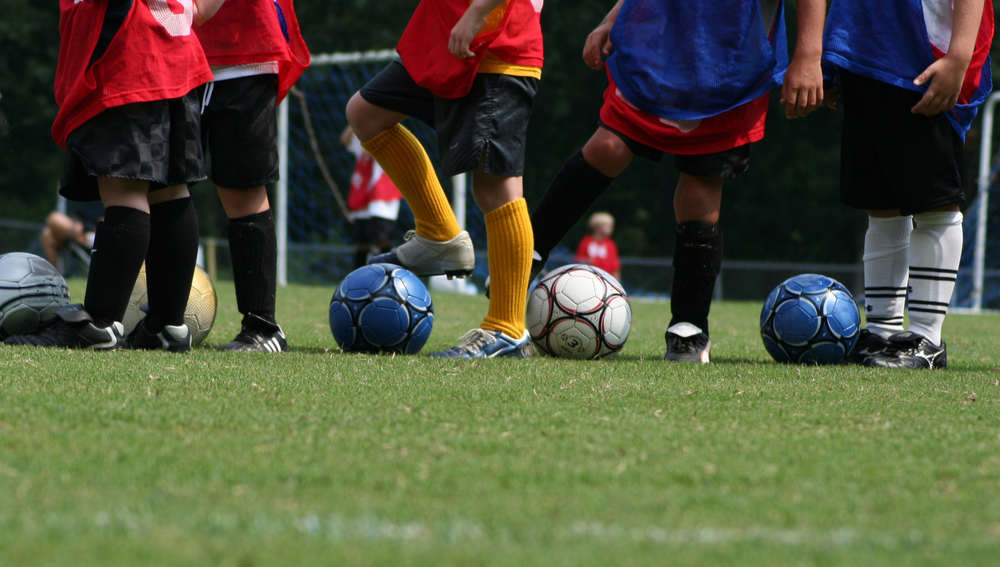Why Your Brain Needs A Consistent Follow Through
Coaches preach it endlessly: “Always finish with the correct follow-through.” In baseball, football, tennis, golf, soccer or any sport requiring a skilled targeting movement, how your throw, swing or kick ends up can determine the ball’s speed and direction. But how can something you do after contact with an object affect its motion? Once a quarterback lets go of the football, the position of his arm after release seems meaningless. Research from the University of Cambridge has found the answer in the development of motor memories.
For most sports skills that require an athlete to propel or hit an object at a target, the follow through has been emphasized to prevent injury. A baseball pitcher throwing a fastball must also decelerate his or her arm after the release, for example. Without proper mechanics, the wrist, elbow or shoulder could give in to the massive force applied by the motion.
At the same time, delivering an accurate slapshot depends on maximizing the speed of the stick or club at impact. Timing that moment at the apex of the swing requires the follow-through to complete the process.
Still, no one has explained how a good follow-through can affect accuracy and execution. Try as we might, there is always some variability in our planned movements.
"There is always noise in our movements, which arrives in the sensory information we receive, the planning we undertake, and the output of our motor system," said Dr David Franklin of Cambridge's Department of Engineering. "Because of this, every movement we make is slightly different from the last one even if we try really hard to make it exactly the same—there will always be variability within our movements and therefore within our follow-through as well."
Dr. Franklin, along with neuroscientists Daniel Wolpert and Ian Howard, designed an experiment to see if changing the follow-through motions of a task affected the speed and accuracy of learning that task. They gathered a group of volunteers and asked them to guide a robotic joystick with their hand towards a primary target, then a secondary, follow-through target.
For some in the group, the secondary target was randomized while others had a fixed follow-through target. While learning this motion, a force field was applied to the joystick to give the volunteers a challenge to guiding it in the right direction.
Imagine learning to throw a baseball by following through at different angles, say across your body versus down to your leg. In the same way, what if a novice golfer was taught two different follow-throughs, finishing positions versus a consistent motion every time?
According to the researchers, the key to consistent actions is creating a lasting motor memory in the brain for a unique skill.
“For a motor skill to be learned over a prolonged period of time, the motor memory of the skill must be stored, protected from interference by intervening tasks, and reactivated for modification when the skill is practiced,” they wrote in their paper, which was published in Current Biology.
If our follow-throughs during practice become random, our brains may get confused as to which specific motor memory is being called on. While a tennis swing is very similar to a racquetball swing, there are distinct follow-through differences to each that require specific motor memory nuances.
“During skill learning on a single task, identical future movements on each trial (i.e., consistent follow-through) may access a single motor memory,” explain the researchers. “In contrast, a variable follow-through may access multiple motor memories across trials, with any learning being spread across multiple memories, leading to a decrease in the speed of skill acquisition.”
As we’ve heard before, repetition is the mother of skill. Trying to duplicate the same motion over and over builds automaticity in our brain, so that we can unconsciously call on that action when we need it in a game. And that includes the perfect follow-through.
NEW! Free Sports Organization Resources
All of TeamSnap's ebooks, articles, and stories in one place. Access Now
Similar Articles:

Aerobic Fitness Grows The White Matter In Kids’ Brains
By Dan Peterson, TeamSnap's Sports Science Expert. If…
Read More

Your Brain Needs You To Exercise, Too
By Dan Peterson, TeamSnap's Sports Science Expert …
Read More

Why Young Athletes Need Time To Learn New Skills
By Dan Peterson, TeamSnap's Sports Science Expert …
Read More
